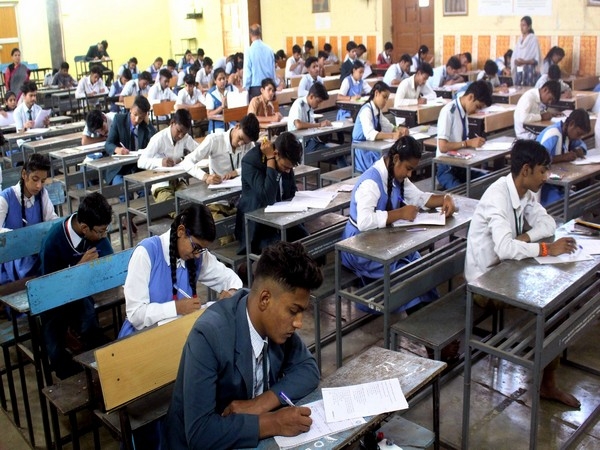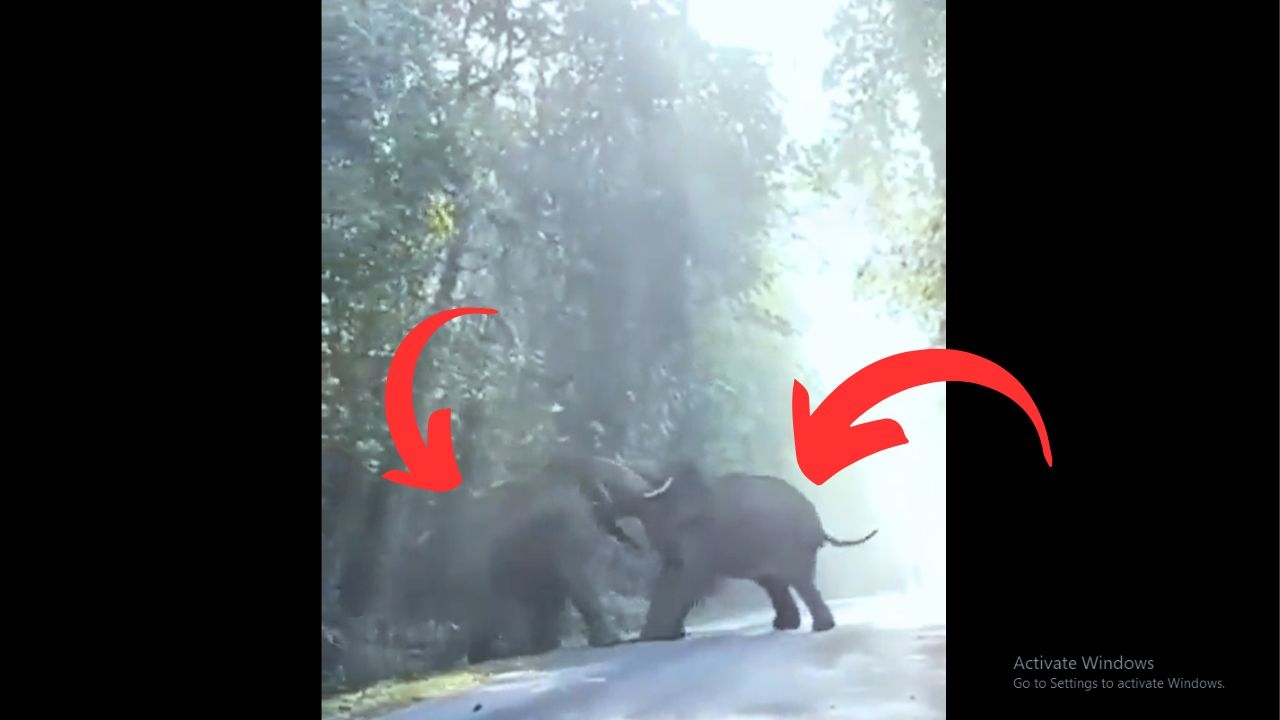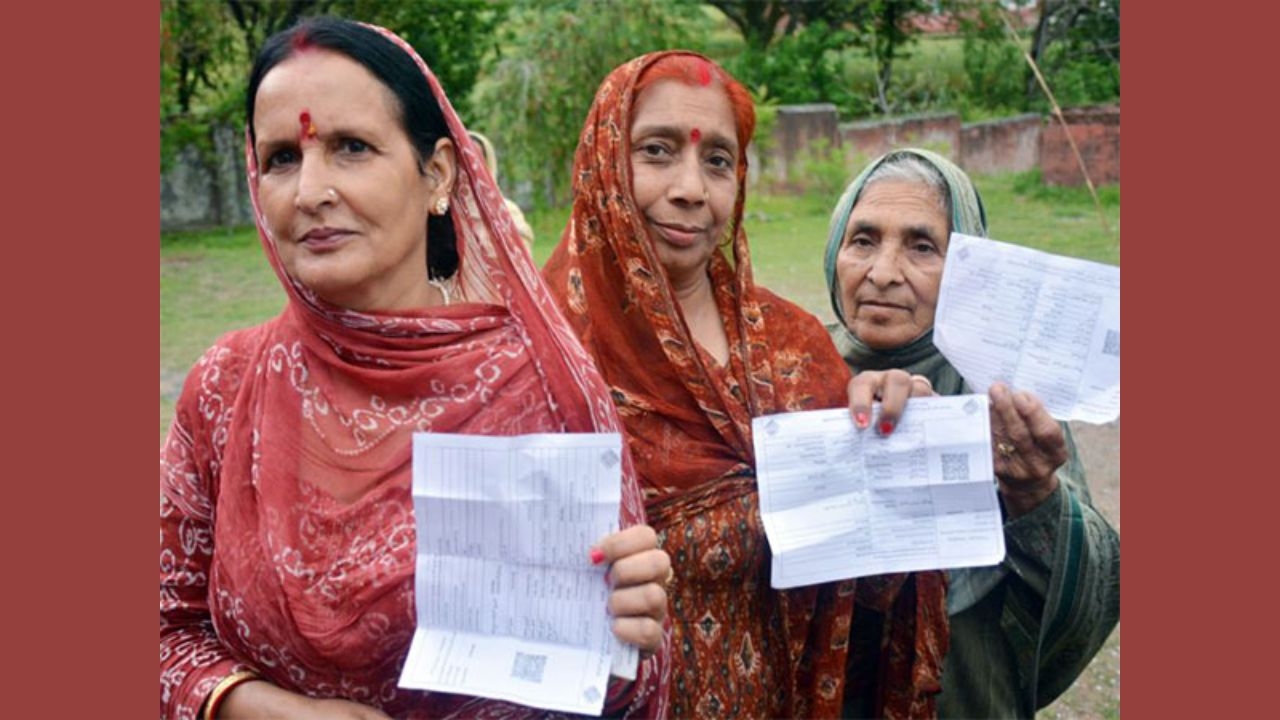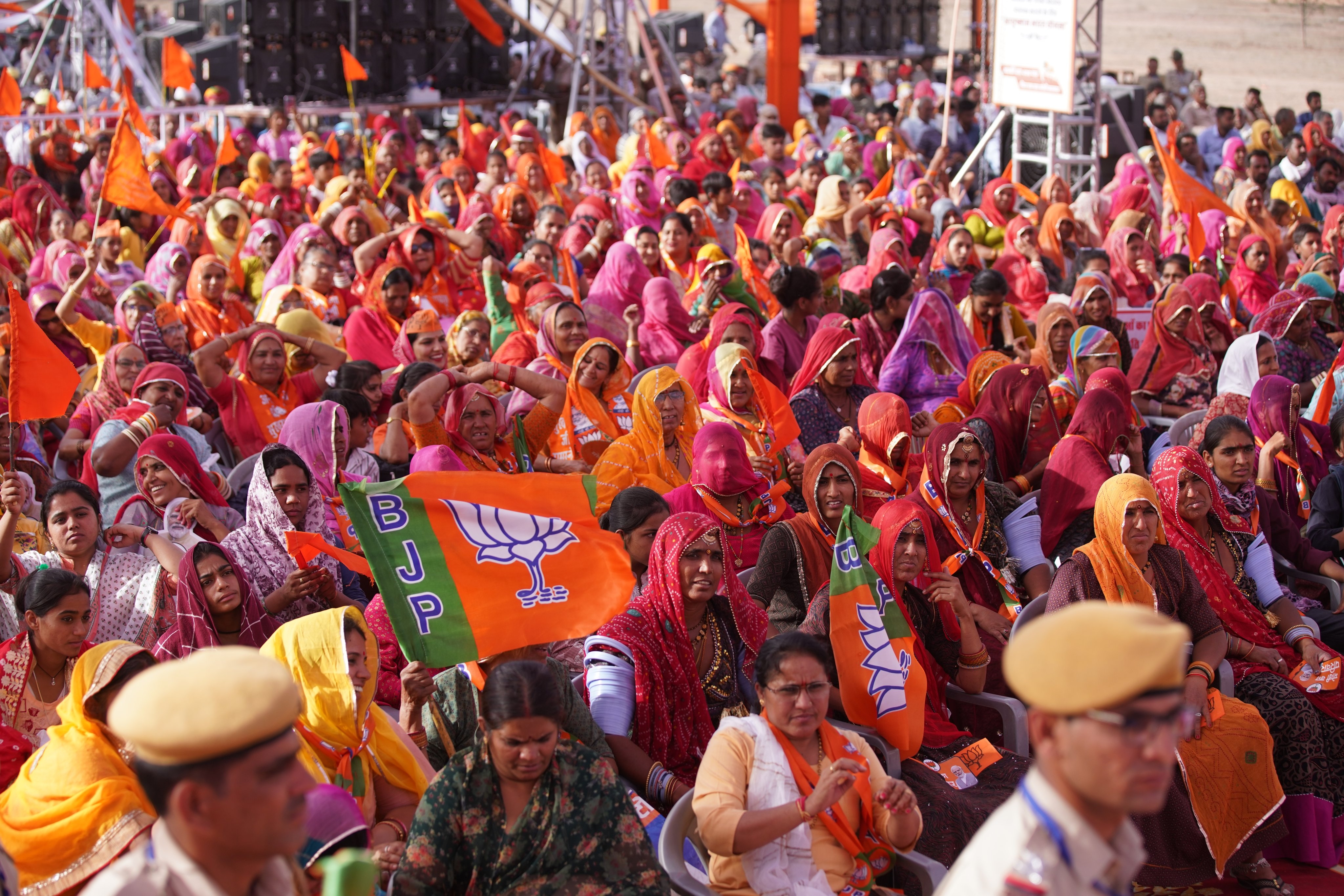Kashmir’s oldest militant Qayoom Najar killed: Hizb’s revival plan foiled
_83185_730x419-m.jpg)
Abdul Qayoom Najar, Kashmir’s longest surviving militant, was killed by security forces at Uri near the Line of Control on Tuesday. The significance of his death can be gauged from the fact that it was BJP General Secretary Ram Madhav who was among the very first to break the news through a tweet.
“Longest surviving terrorist of Kashmir Qayoom Nazar killed today at LoC, Lassipora, Uri,” Madhav tweeted.
In a simultaneous press statement, the Jammu and Kashmir police said Najar was returning from Pakistan Occupied Kashmir to take over the command of Hizbul Mujahideen in Valley.
“The killed commander despatched by United Jehad Council Commander Syed Salah-u-Din to revive the Hizb-ul-Mujahideen whose commanders of North Kashmir Pervaiz Wani @ Mubashir of South Kashmir and Yasin Yatoo got killed recently,” the statement said adding Najar’s return was also necessitated by the wiping out of Hizbul Mujahideen in North Kashmir.
Who was Qayoom Najar?
Najar hailed from the volatile North Kashmir town of Sopore and was an active militant since 1999. He was drafted into senior Hizb ranks following the killing of the then high-profile operational chief Abdul Majid Dar. Dar was killed allegedly by Hizb itself, after he entered into talks with New Delhi without the permission of the outfit’s top leadership in Pakistan.
Ever since Najar was active in Sopore, his activities helped sustain for one and a half decade, the town’s reputation as one of the last remaining militant bastions in Kashmir. While the militancy thinned out in the rest of the Valley, including South Kashmir, Sopore continued to hold out.
The town continued to be a regular scene of encounters, ambushes and grenade attacks leading to a huge loss of lives among civilians, security forces and militants.
But despite being the most wanted militant, Najar could not be traced. The few times that the security forces tracked him down, he managed to give them a slip. This, despite the fact that he was hiding out around a small geographical area in an around Sopore.
But in 2015, the situation changed dramatically when Najar fell out with Salahuddin. According to the police, it was a culmination of differences of opinion over “operational matters” between him and Salahuddin. “Najar wanted more operational freedom which was denied to him. Hence the bitter falling out,” said sources in police.
This led to a series of mysterious murders in Sopore of alleged Hurriyat and Jamaat-i-Islami workers claimed by a little known militant outfit Lashkar-i-Islami which people suspected was headed by Najar and his close associate Imtiyaz Ahmad Kandoo. The outfit also carried out successive attacks on telecom towers, at one point of time bringing the Valley to the brink of a communication breakdown. More mysterious killings followed, some of them suspected to be those of Lashkar-i-Islami militants allegedly by Hizb.
Hizb later expelled Najar from the “basic membership” of the outfit.
“Henceforth, in future no activity of Najar should be associated with Hizb,” The outfit’s PoK based spokesman Saleem Hashmi said in a statement. The decision, Hashmi said, was taken after an investigation report presented before the council of Hizb commanders clearly proved “the key role played by Najar in carrying out anti-movement activities”.
Then suddenly the violence tapered off. For the first time since the outbreak of militancy in Valley in 1989, Sopore was calm. Nobody could explain how this came about. Najar too disappeared from the scene. Sopore lost its reputation as a militant stronghold.
This was around this time that Burhan Wani from Tral in South Kashmir took over. He began posting his images on Facebook in the middle of that year. And within a short duration of time he had revived the militancy from its state of near-extinction. The strategy he adopted to accomplish this was more tech-driven than a result of any of his distinctive exploits as a rebel, as was the case with Najar.
Unlike Burhan, Najar operated along traditional lines. Nobody, except his family and friends knew what he looked like. So much so that even the police didn’t have his picture. In one instance, they mistakenly advertised a picture of a shopkeeper claiming it to be that of Najar. Though people were aware of his name, Najar commanded no public following or adoration the way Burhan did.
And over the past two years, few people other than the security agencies knew where he had gone.
According to the police, in late 2015, Najar was “recalled to base camp in Muzaffarabad, PoK to sort out differences”. And he was now being sent back to take over the Hizb command in the Valley and help strengthen it following the depletion of ranks as a result of the killing of a significant number of its cadre this year.
But as soon as he had crossed the LoC in Uri, he was spotted by the Army near Zorawar post and killed. It is not clear whether he had infiltrated alone or was accompanied by some more militants. However since Monday, Army has killed four infiltrating militants along the LoC. But it is not clear whether they were a part of Najar’s group.
First published: 26 September 2017, 22:32 IST

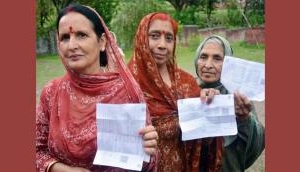
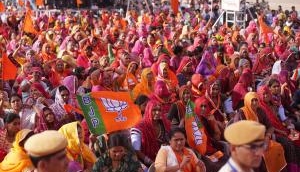

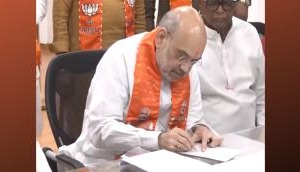
![BJP's Kapil Mishra recreates Shankar Mahadevan’s ‘Breathless’ song to highlight Delhi pollution [WATCH] BJP's Kapil Mishra recreates Shankar Mahadevan’s ‘Breathless’ song to highlight Delhi pollution [WATCH]](http://images.catchnews.com/upload/2022/11/03/kapil-mishra_240884_300x172.png)

![Anupam Kher shares pictures of his toned body on 67th birthday [MUST SEE] Anupam Kher shares pictures of his toned body on 67th birthday [MUST SEE]](http://images.catchnews.com/upload/2022/03/07/Anupam_kher_231145_300x172.jpg)


